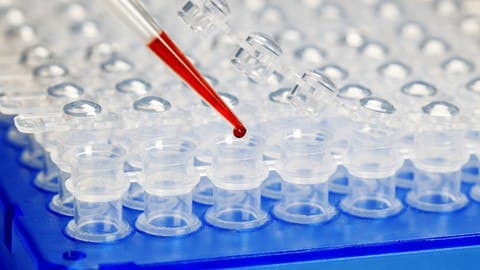
Primer Blast, Primer Design Tools, Primer3Plus, DNA Primer Design, PCR for Beginner Course
What you’ll learn
-
Learn how to design DNA Primer for any PCR Test like SARS-nCoV2, AIDS Detection
-
Understand Mapping and Sequencing of genomes, Cloning, Basic Research
-
Understand Basic feature Polymerase Chain Reaction and their Steps
-
Learn two Bioinformatics tools used for manual method primer designing Cluster W Oligucalculator
-
Learn one Bioinformatics tools used for manual method primer designing Primer 3
-
Understand specific Parameters of Primer Design
-
Used Forensics Science filed for DNA Amplification
Requirements
-
Basic Knowledge Computer
-
Basic Science Knowledge
Description
In this Bioinformatics course you will be find out how to DNA Primer Design for polymerase chain reaction. Primer BLAST performs only a specificity check when a target template and both primers are provided. Design primers for single- or multi-insert cloning or for your site-directed mutagenesis experiment (insertion, deletion, replacement) with our primer design tool. Primer3 is a computer program that suggests PCR primers for a variety of applications, for example to create STSs (sequence tagged sites) for radiation hybrid mapping, or to amplify sequences for single nucleotide polymor- phism discovery
Polymerase chain reaction (PCR) steps
Denaturing
Annealing
Extension
Specification of Primer Design
Aim for the GC content to be between 40 and 60% with the 3′ of a primer ending in G or C to promote binding
A good length for PCR primers is generally around 18-30 bases.
Try to make the melting temperature (Tm) of the primers between 65°C and 75°C, and within 5°C of each other
A good length for PCR primers is generally around 18-30 bases. Specificity usually is dependent on length and annealing temperature. The shorter the primers are, the more efficiently they will bind or anneal to the target.
However, a primer should not be too long 30-mer primers) or too short. Short primers produce inaccurate, nonspecific DNA amplification product, and long primers result in a slower hybridizing rate. … One also needs to avoid primer-primer annealing which creates primer dimers and disrupts the amplification process
Who this course is for:
- Undergraduate Student
- Master Student
- Entry Level Primer Designer
- Biotechnology and Bioinformatics